|
As we near Thanksgiving, many new signs point to a change in seasons. But according to longtime bird-watcher and member of the Lycoming Audubon Society Gary Metzger, there’s no better introduction to the early holiday slate than the wave of migratory birds moving through our region – including a variety of duck species. “You know the passing of the season is marked by the coming and going of the birds. In the late fall, you have all of these exotic birds coming through, landing and overnighting on the water. You get this wave of birds in the fall, and then in the spring, you get the wave going the other way,” he said. “It’s like a wonderful seasonal clock that you can follow just by keeping your eyes open for the birds.”
0 Comments
Leave a Reply. |
AuthorsRiverkeeper John Zaktansky is an award-winning journalist and avid promoter of the outdoors who loves camping, kayaking, fishing and hunting with the family. Archives
April 2024
Topics |
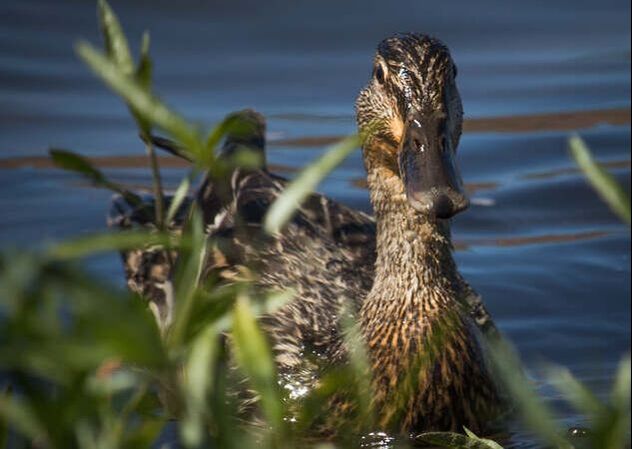
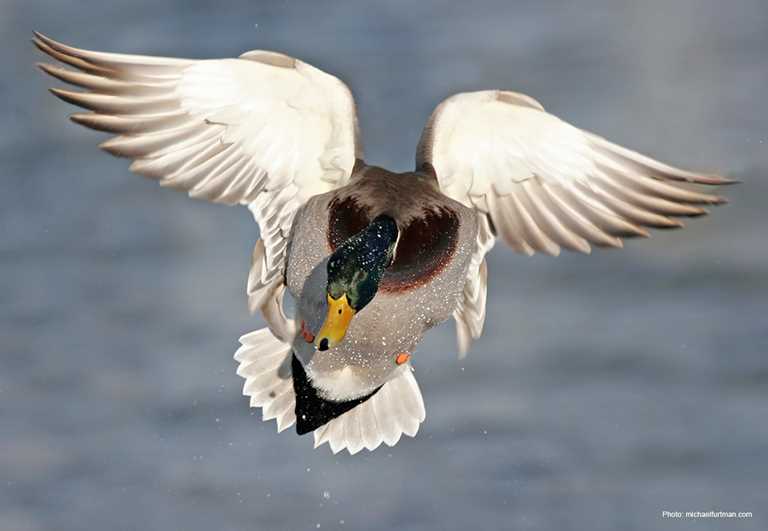
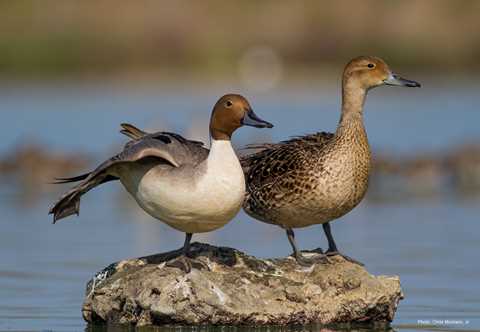
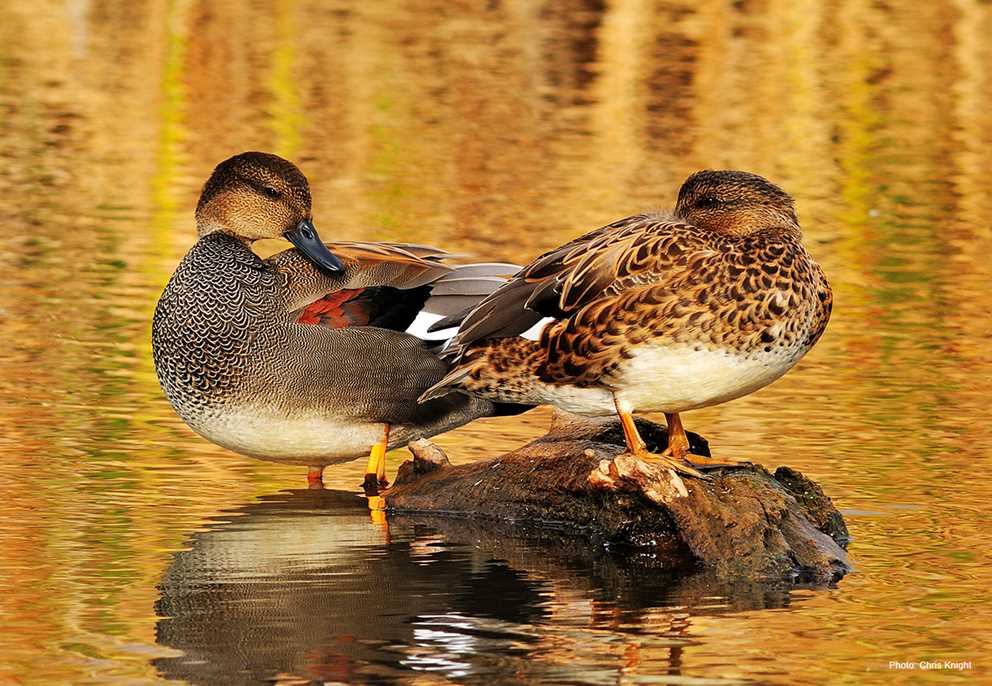
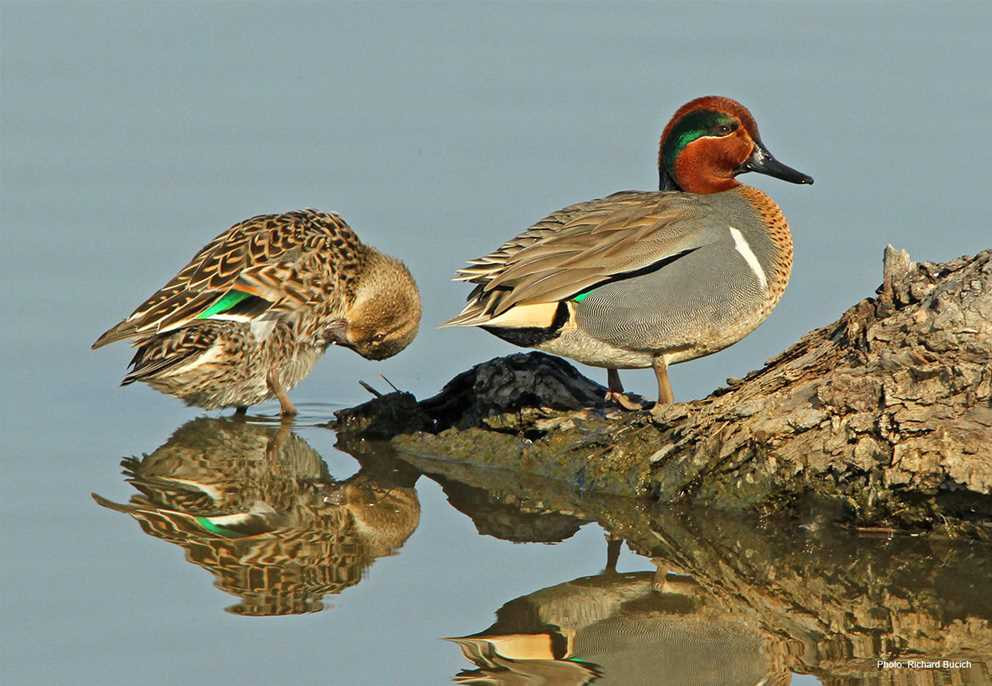
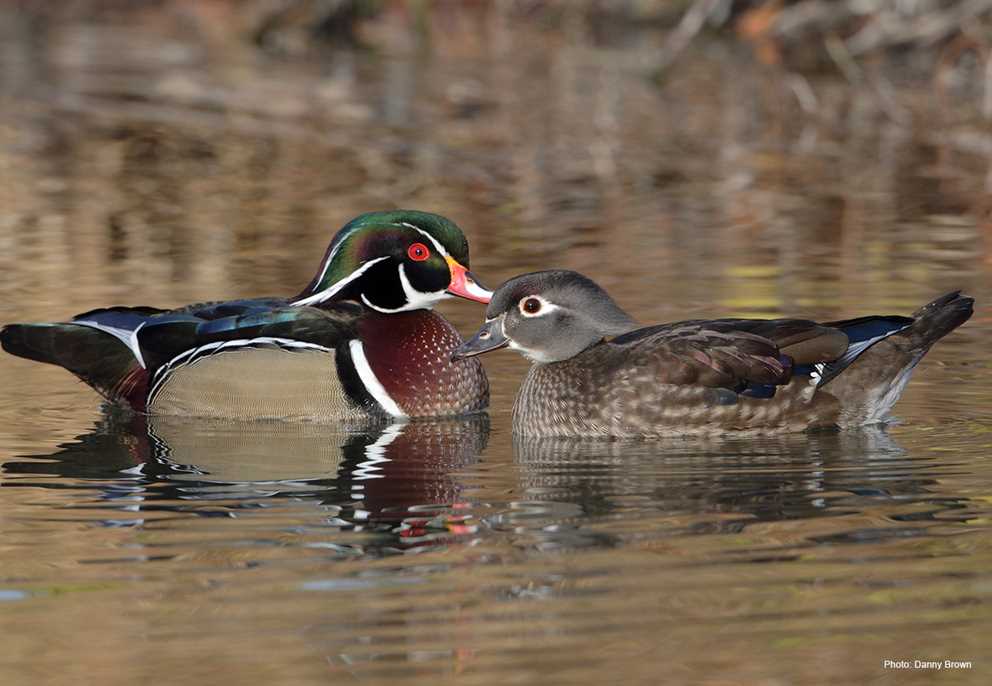
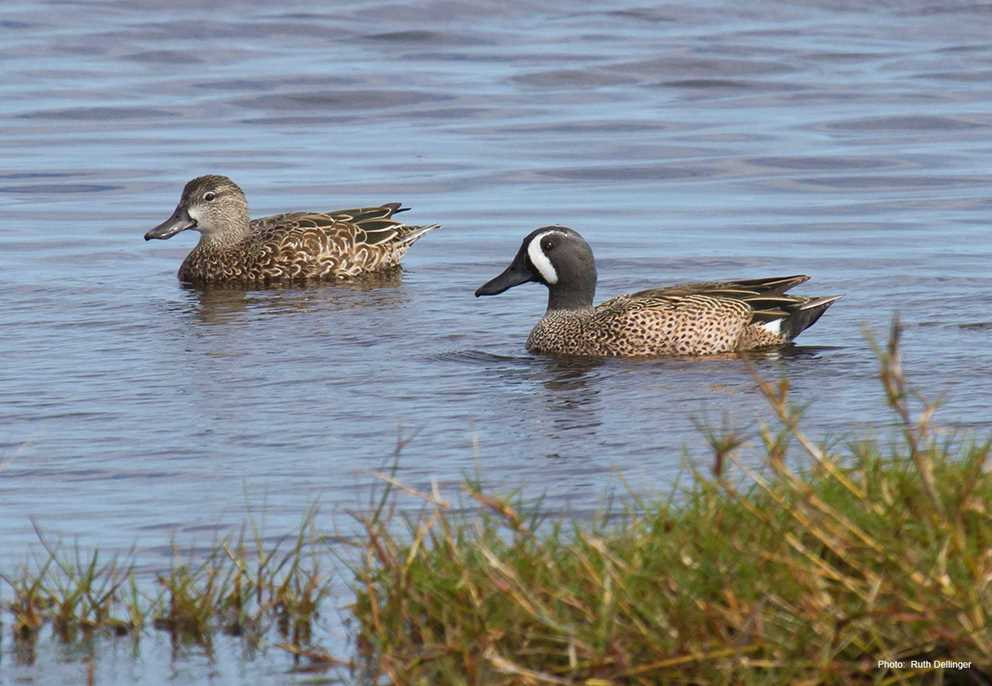
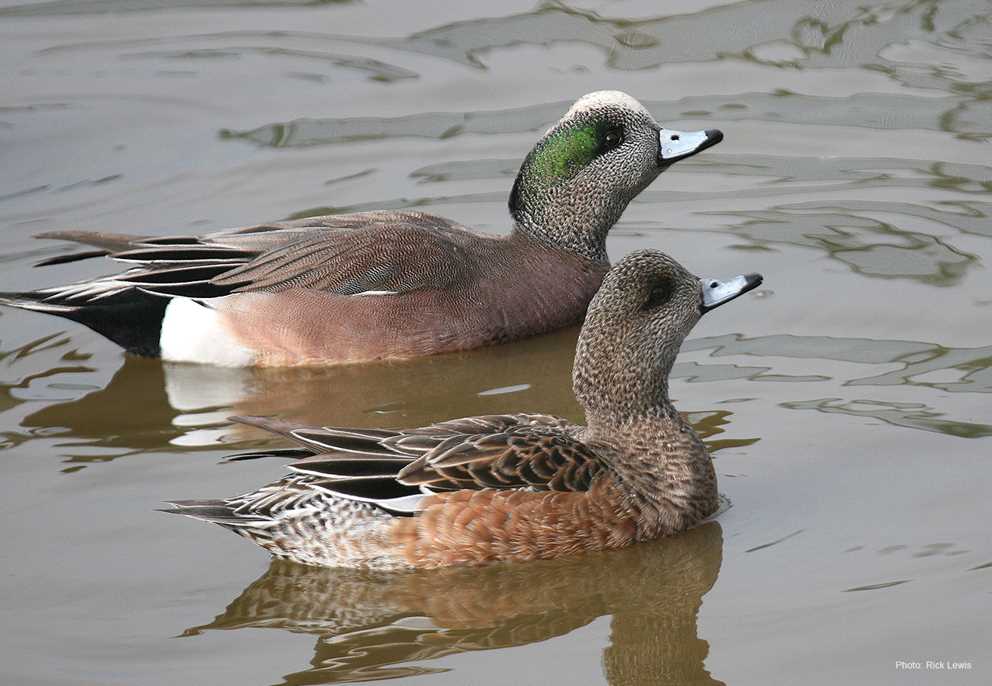
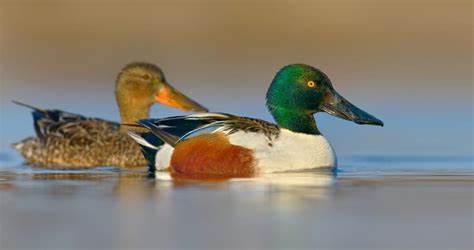
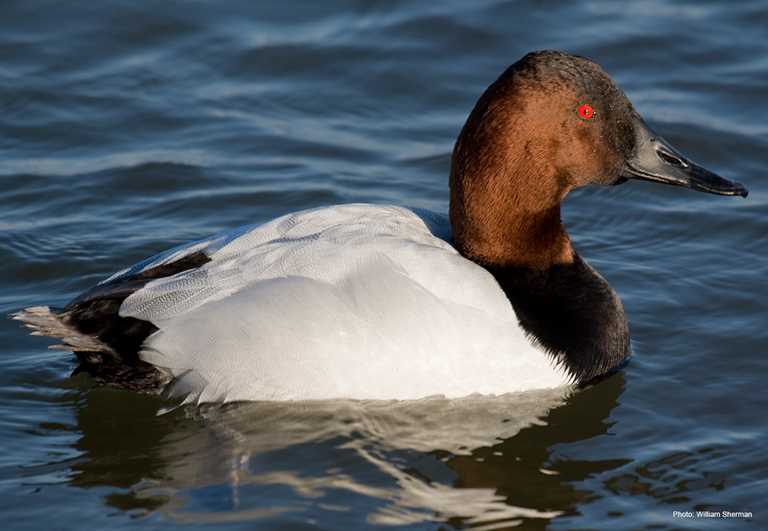
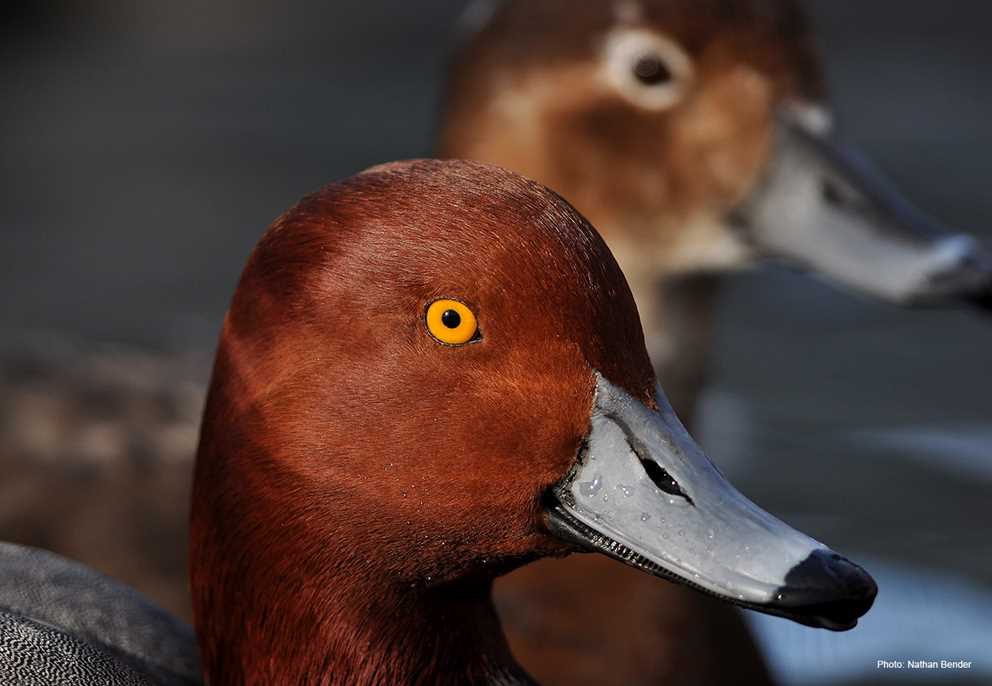
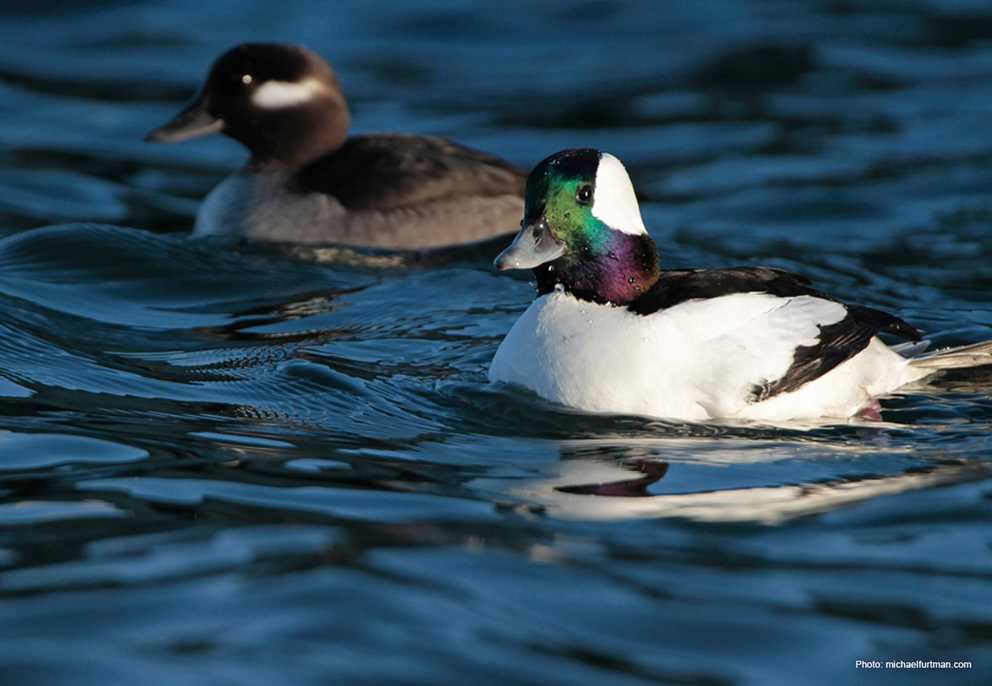
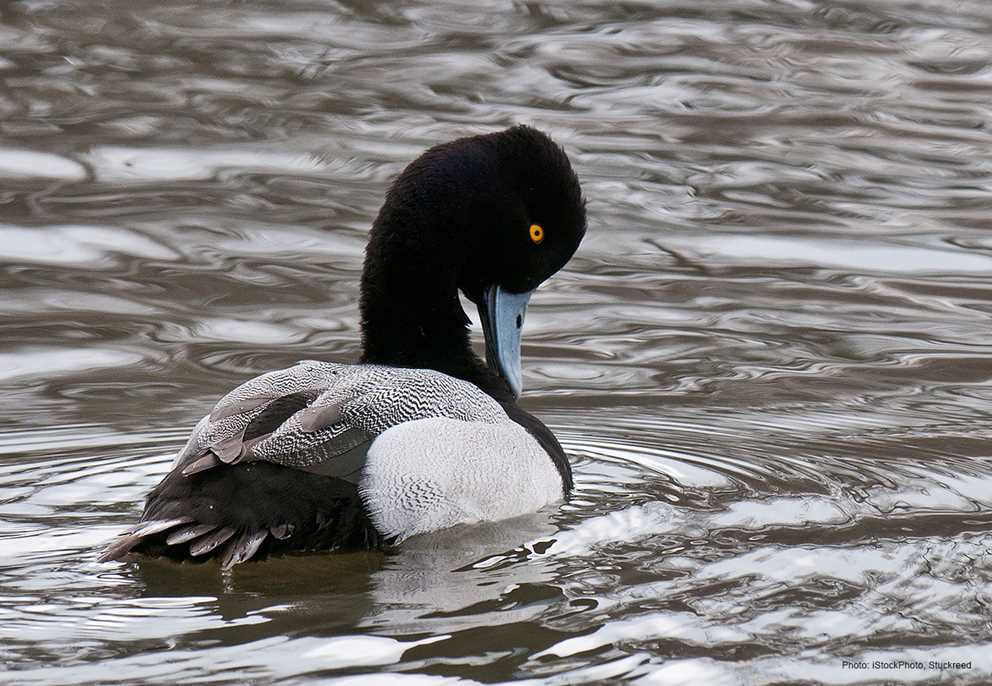
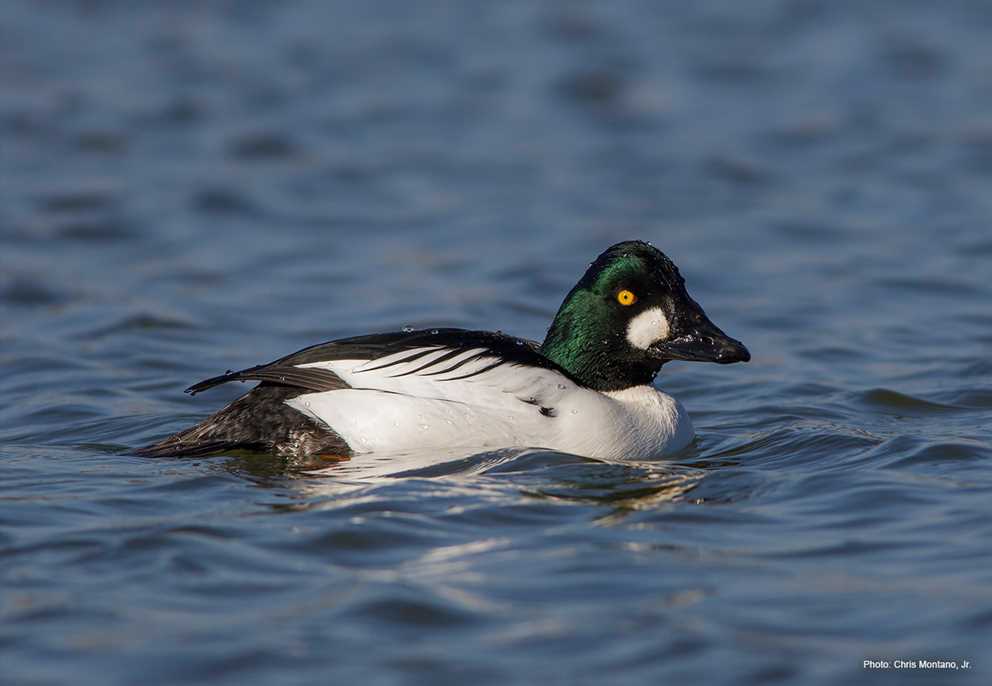
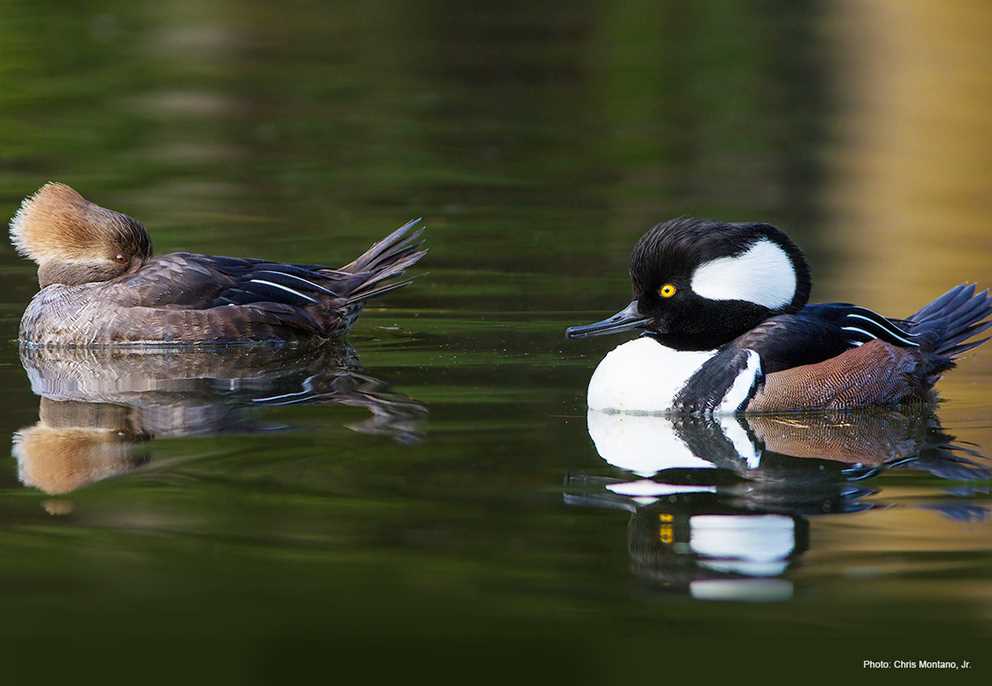
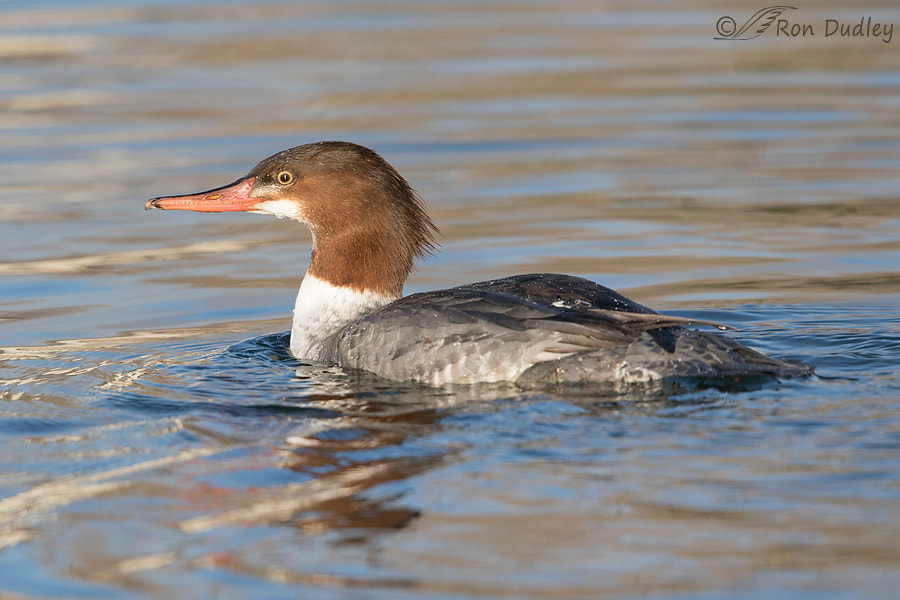
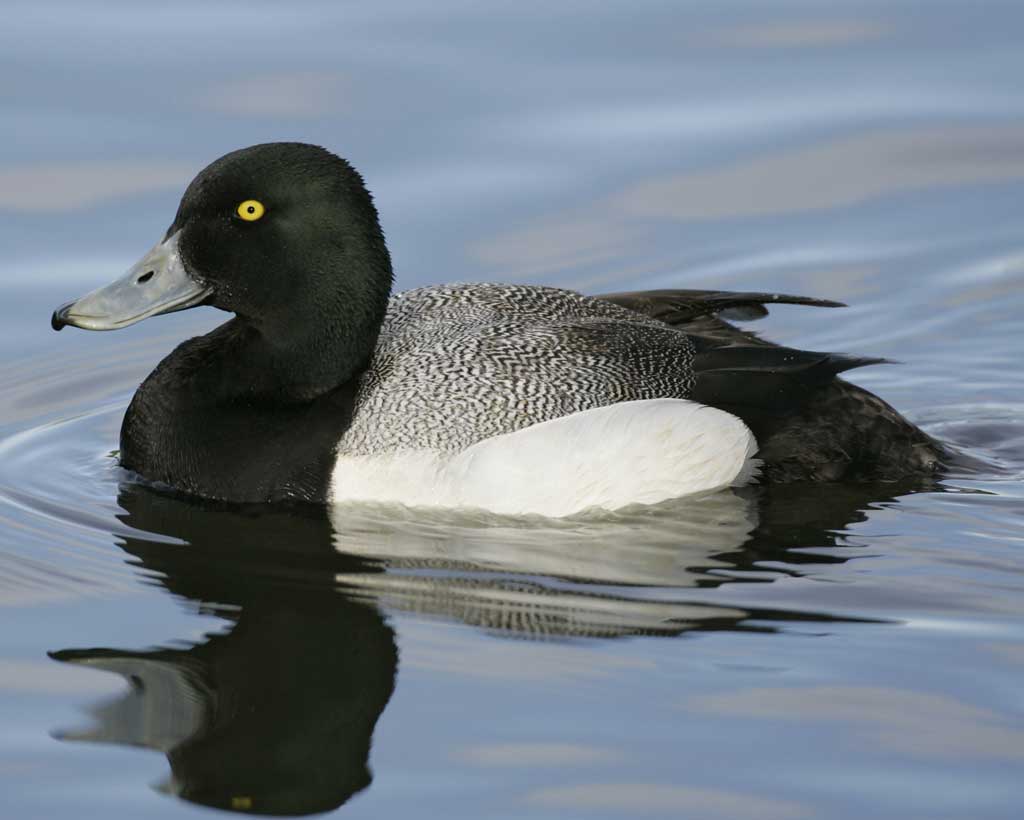
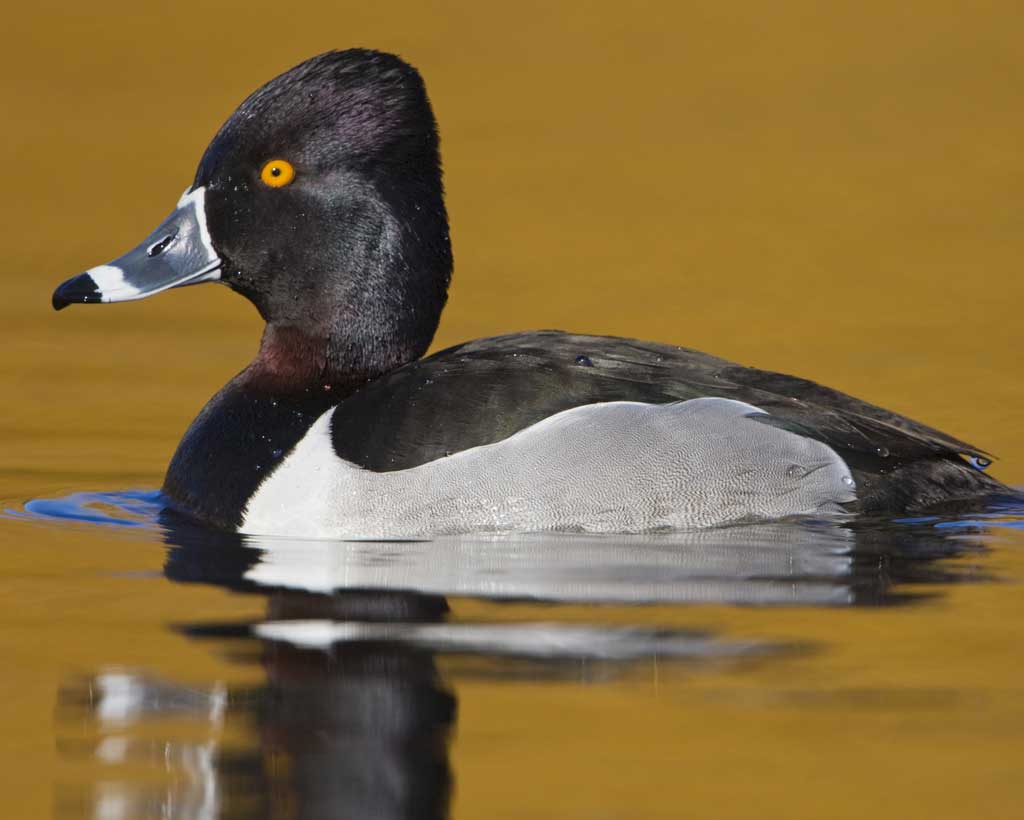
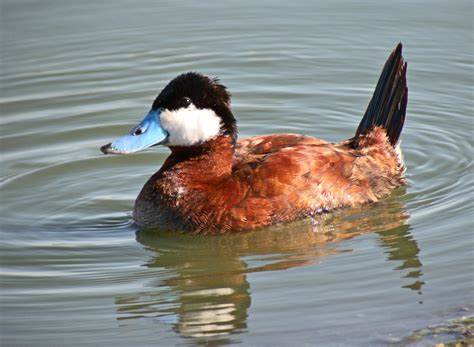
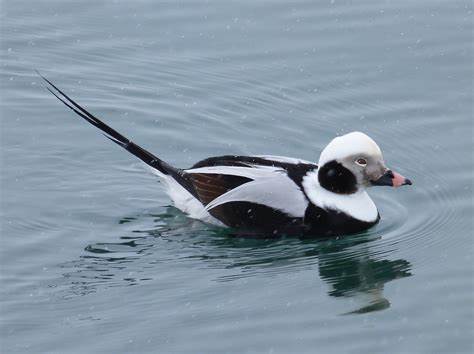
 RSS Feed
RSS Feed